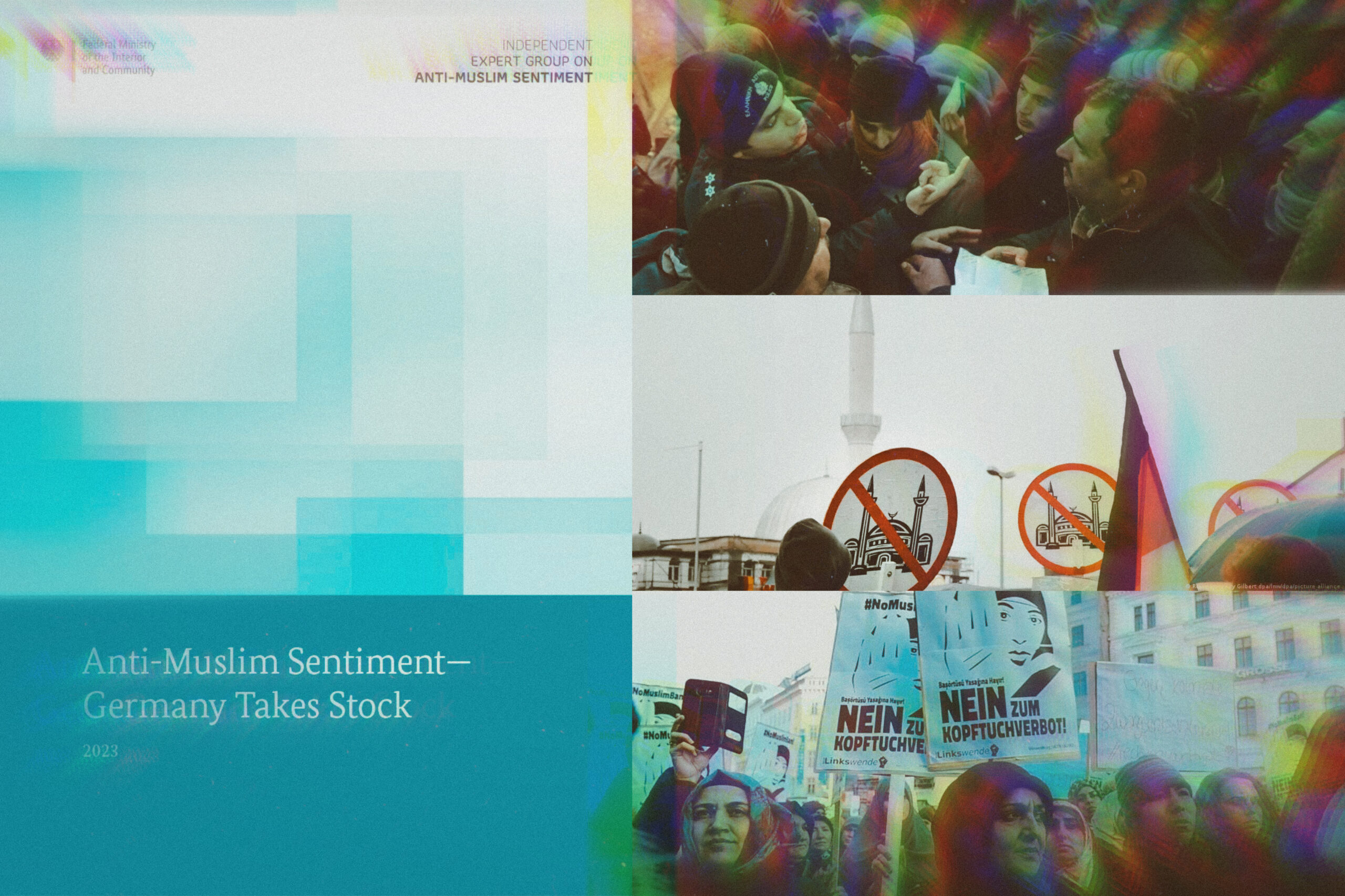The distressing details of the Oxford child abuse case raise echoes of a similar case last year, involving the grooming of children for sex in Rochdale. In both, under-age white girls were the victims. All or most of the perpetrators were Asian men. The girls were from vulnerable backgrounds, including local authority care homes. Drugs, alcohol and violence were used to coerce the girls – and in both cases other men paid to use the girls for sex. The greatest difference lay in the motivation of the two groups of abusers, according to Mohammed Shafiq, of the Ramadan Foundation, a Muslim youth organisation, who was one of the first Asian community leaders to acknowledge that a disproportionate number of the men involved in on-street grooming were British Pakistanis. “The Rochdale abusers were taxi drivers and takeaway workers using the girls for quick sex. When they took money from other men to have sex with the girls the amounts were around £20-£30 a time,” “Oxford is much more to do with money. The men exploiting the girls were charging others £200-£600 a time and bringing eight to 10 men a day into hotels and restrooms. It was much more organised.” Police, social workers, academics and children’s charity workers all agree that most abusers are white and most child sex exploitation happens in the home. Journalist Allison Pearson wrote a blistering blog post in the Telegraph condemning the police, social services, and legal system’s fear of being seen as racist, which meant hundreds of girls were betrayed by the very mechanisms that were meant to protect them. What is really to blame, it is more generally suggested, is an oversensitivity by police and social workers terrified of being accused of racism. “Sensitivities over race should not be allowed to take precedence over children’s safety,” editorials have pontificated, as if anyone could seriously hold the opposite view. All this is accompanied by sanctimonious assurances that no one is suggesting that all Asians, Pakistanis or Muslims should be tarred with the same smeary brush. But much of the coverage subliminally invites exactly that. Statistics have been trotted out supposedly to substantiate this. Yet academics seriously studying the phenomenon say that figures have been used selectively to create certainties where none exist. She called Pakistani Muslim culture a “Victorian” society where men are taught that women have no value and can be used as sex objects, especially white girls, who, because of their greater freedom as compared to Pakistani Muslim girls, are freely available to be used and abused by these Asian men. It’s fairly obvious from the discussions on this issue that while Islam is not a race, “Islam” is being used as a euphemism or shorthand for Asian men from Muslim countries. Why not admit that there is an element of misogyny in all religions and cultures that emphasise sexual purity in women and divide girls into “good” and “bad” categories? For example, American Mormon kidnap survivor Elizabeth Smart recently told the press that abstinence classes – a hallmark of American Christian culture which is popular in some British circles – taught her that being raped made her no more worthwhile than a “chewed up piece of gum”. Perhaps the only thing that distinguishes these particular criminals from non-Muslim, non-Asian paedophiles is their modus operandi of working in gangs to systematically groom girls on the street. Other paedophiles have different setups: chatting from the safety and anonymity of their homes, for example, exchanging child pornography through hidden servers on the Internet, or worming their way into the hearts of their mothers and grandmothers before attacking them in their homes. So the rabble-rousing demand that all Muslims in the UK should “integrate” while at the same time demonising them as “other”, using the Oxford sex ring criminals – who would be regarded as scum in Pakistan – as representative of all Pakistani Muslim men is an object lesson in false equivalence. All of this confounds the lazy stereotypes about sex and race peddled by those in search of a sensationalist headline. The truth is not just more complicated but less conducive to reinforcing readers’ prejudices. Opportunity is as likely a factor as race here. Young vulnerable girls gravitate to a night-time economy where the taxi drivers and takeaway workers they encounter are more likely to be Asian. So why not headlines about “Taxi Sex Gangs”? Throughout our contemporary epidemic of child sex abuse, occupation seems just as significant a factor – as the wave of accusations against 1970s televisions celebrities, soap stars, music teachers, care workers and Catholic priests shows. The truth is that sexual predation is about power and its abuse by people in positions of authority. Culpability for the failure to combat it is often to be laid at the door of institutions more anxious to protect their reputations than concerned to protect the innocence of a child. There is another danger in peddling stereotypes. It diverts attention from the wider areas in which we should all be vigilant. The Oxford case raises a wide range of issues about the assumptions and systems of social workers, nine out of 10 of whom knew the girls were being groomed for sex by men who gave them drugs. It requires scrutiny of police procedures and the management of care homes. It should ask questions of the owners of the guesthouses in which the abuse took place, and of parents and of the public, for we all have a duty to ask questions about dubious-looking relationships.
- Discrimination and Xenophobia
- Education and Schooling
- Gender Issues and the Hijab/Burqa
- Immigration and Integration
- Interfaith and Multicultural Engagement
- Issues in Politics
- Mosques and Community Centers
- Muslim Advocacy and Organizations
- Public Opinion and Islam in the Media
- United Kingdom
- Youth and Pop Culture
Oxford sex abuse: ‘Victorian’ misogyny is evident in all cultures which emphasise female purity






